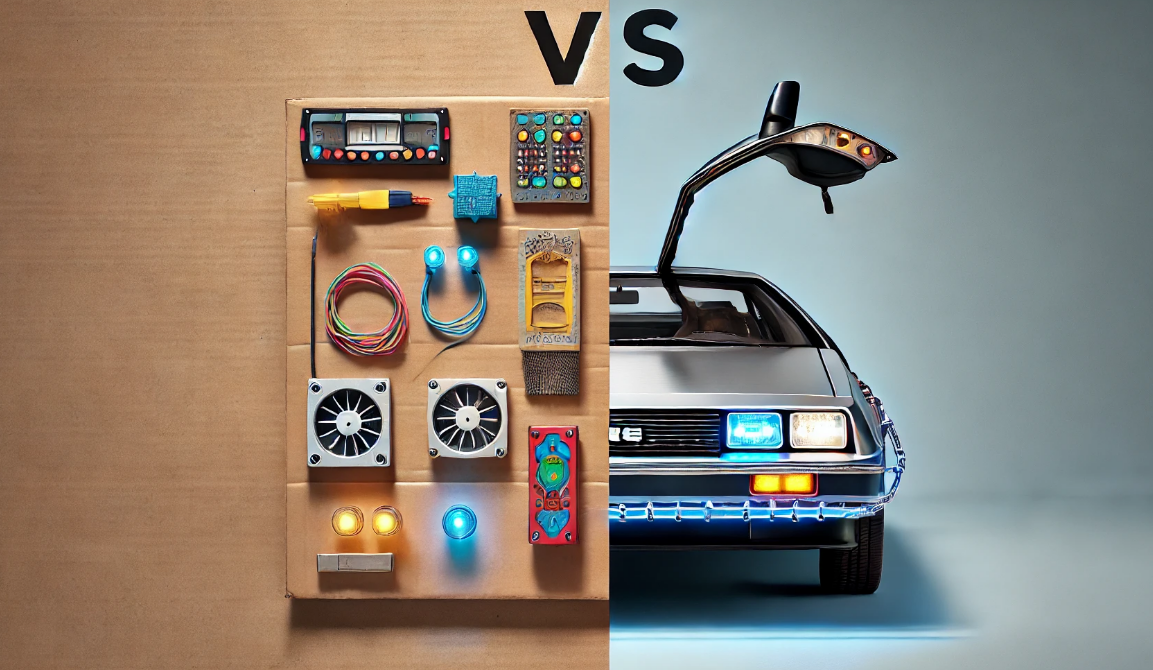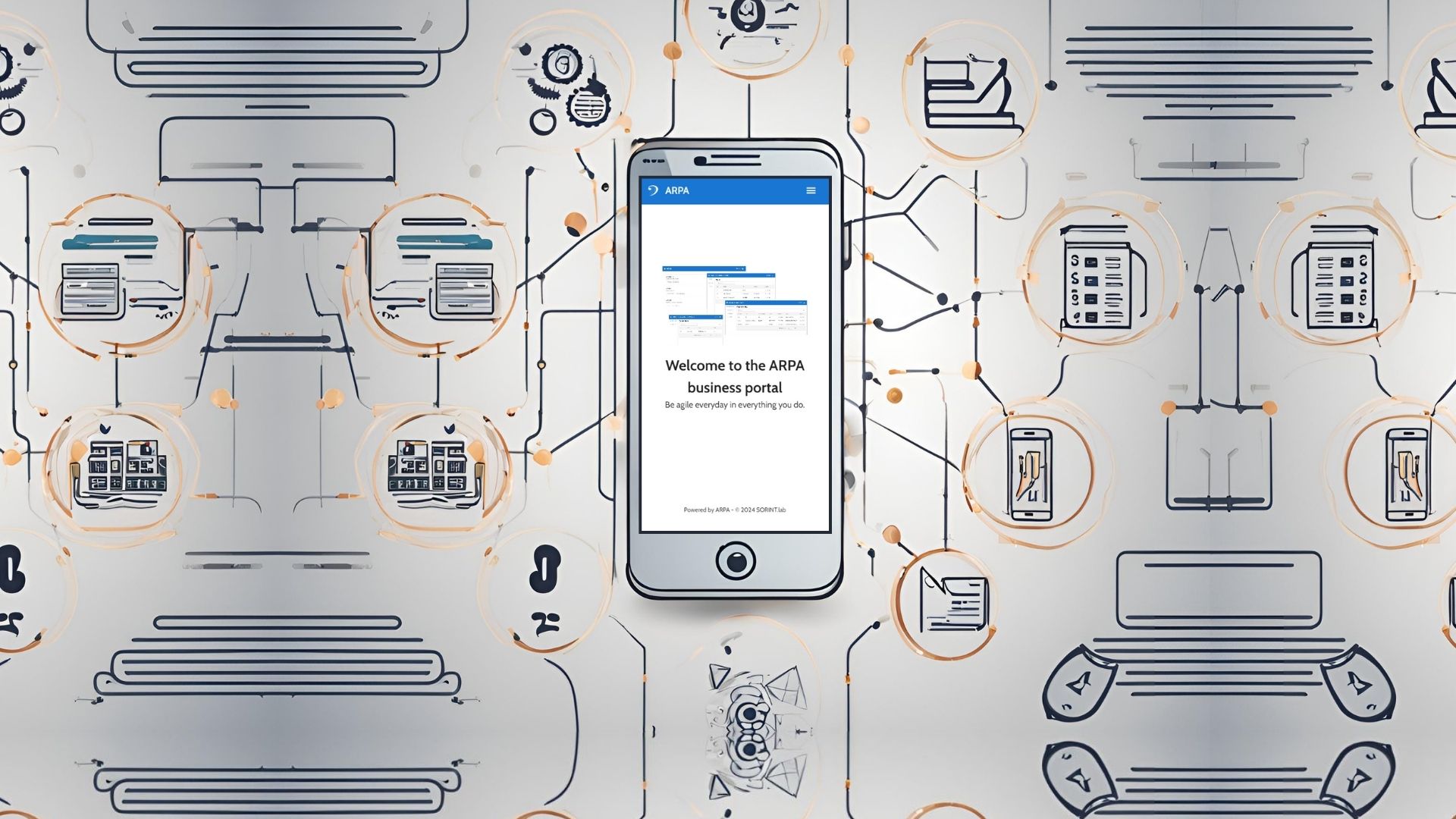Incremental delivery and customer perplexity
-
Simone Rossi
- 16 Dec, 2023
- 02 Mins read

We are Agile, we are passionate of iterative and incremental approach, we know and believe that it is much better to deliver value earlier, in small periodic increments - rather than provide one huge solution in one single batch... There are so many risks to fail: the product may not be up-to-date with market conditions, the customer may not like it, there may be changing requirements...
And you explain everything to your customer, but still they are not convinced of it. They have one thing in mind, their own thing, they don't see the reason why a Product Owner should take their place in taking decisions. Unfortunately, it is not uncommon for clients to resist change, especially when they're used to a certain way of doing things.
Customers might be more comfortable with the traditional waterfall model due to its linear and sequential nature. They may have concerns about an iterative and incremental approach, they may think that the first iterations are just "quick and dirty" solutions, they are not what they want to have... Like if they went to a car garage, wanted to buy a car, and they would first deliver the tyres, then the steering wheel, then the windows... But in IT software development the concept is different!
Every iteration delivers value, every increment allows reaching the final goal!
To overcome this approach, we could try a few strategies:
- educate and communicate: explain the benefits of an iterative and incremental approach. Highlight how it allows for flexibility, faster delivery of valuable features, and the ability to incorporate feedback throughout the development process
- mitigate risks: address their concerns about risks by implementing risk mitigation strategies. For example, we could start with a small pilot project (or MVP)
- build trust: assure customers that regular updates and constant communication will keep them informed about the progress. This can help alleviate concerns about losing control over the project.
- involve stakeholders: engage key stakeholders in discussions about the benefits of iterative development. Sometimes hearing it from other perspectives within the organization can be persuasive.
- compromise: this is the most important thing. Everybody has its own way of working. If the customer is still hesitant, consider a compromise. Something like structuring the project with milestones and checkpoints that mimic the waterfall model but still allow for some degree of iteration and flexibility.
It's essential to be empathetic and understanding concerns. Acknowledge the familiarity and comfort associated with the waterfall model, but gently guide customers towards a more adaptive and efficient approach.







